Each year, Sirens chair Amy Tenbrink posts monthly reviews of new-to-her books from the annual Sirens reading list. You can find all of her Sirens Book Club reviews at the Sirens Goodreads Group. We invite you to read along and discuss!
A confession: I have read a lot of romance. Not fantasy romance, mind you, but straight up historical romance. With the laced bodices and too-tight breeches and elaborate coiffures. With the heaving bosoms and the throbbing manroots and the honeyed caves. With, I am so not kidding, footnotes. (Hi, Susan Johnson!)
Why? Why, thanks for asking. Largely through a combination of not-uncommon factors. Back in the day, there wasn’t so much in the way of young adult books. So when you’d already read approximately a thousand Sweet Valley High, and Nancy Drew Files, and Baby Sitters Club (Baby Sitters Club Super Special 1 FTW!), and the bookstore doesn’t have anything else and you’ve read pretty much everything in your shoebox, small-town library, well, you read your mom’s books. So I have read a lot of romance. (Also, a lot of mysteries. So many mysteries with dead girls of mostly ill-repute. Yes, my tween reading was problematic all over the place.)
And, let’s be real, when you read a lot of romance, especially the romance being published a couple decades ago, you read a lot of misogyny, exoticism, toxic masculinity, and other bullshit. The men are manlier, the biceps are bigger, the vaginas are flowery-er, the natives are darkly beautiful, and the tears glisten on usually ivory, but sometimes pale or snow-white, cheeks. You’ve all read the books. You know.
And while we’re at it, we could chat until the cows come home about the myriad issues with the sex in these books. There is sex, of course, lots of it, the more graphic the better. But it all-too-often involves virginity worship, dubious consent, painful cherry-popping, ridiculously experienced and always-hard men, and nearly inevitably, motherhood.
But when your theme is lovers, that includes, without question, fantasy romance. So here we are: an emperor, a damaged assassin, and an empire to, depending on who you are, destroy or save. With, you know, some magic. And a great lot of oral sex.
Vitala, part of the Obsidian Circle, is a world-class assassin. She was taken from her parents at a young age, and raised for the sole purpose of killing Lucien, the emperor of Kjall. The hope is, with Lucien’s death, the empire will descend into civil war, giving her people the opportunity to regain their freedom.
In the grand tradition of overblown romance tropes, Lucien is a war mage, blessed with preternaturally fast reflexes. There are two ways to kill a war mage: bring three assassins and strike simultaneously…or kill him during orgasm. If you guessed that Vitala’s path is the latter, ding ding, you win the teddy bear!
The Obsidian Circle plays the long game, so Vitala is trained in Caturanga, which is, wait for it, a board game of battle and strategy. Vitala wins a regional tournament and, like her victorious predecessors, is invited to the palace to meet the emperor, who is a player of the game. There’s some nonsense, some drooling, sex interrupted by an assassination attempt, a rape, and (not a spoiler even a little bit), Vitala, rather than killing Lucien – or letting him die and taking the credit with her bosses – saves him. Then there’s some strategy, a lot of wandering through the land, some sex, an usurper, a siege, and a trio of girls saving the world (or at least the empire). That last part is awesome.
There are some things in this book that are, I think, well-intentioned, but that, more or less, fail in execution, and you will want to know about these things. Thing the First: Vitala has PTSD, born of her assassin training, that is inexorably tied to intercourse. Why? Dude, I don’t know, but I suspect because it provides the opportunity for that same fawning masculine over-solicitousness about sex that often applies to virgin heroines – which many, many women find romantic. Raby dedicates dozens of pages to the issue: it’s the primary source of conflict between Lucien and Vitala (even though, you know, he’s the emperor and she’s charged with killing him) and is the reason that the book has so much oral sex instead of intercourse. There’s a too-pat solution at the end of the book, and I found the whole issue too-lightly handled. (Of course, if you want to discuss the too-light treatment, we could discuss the on-page rape of Vitala that seems not to affect her at all.)
Thing the Second: Vitala is mixed race, a child born of her mother’s forced relationship with a Kjallan soldier. Little is made of Vitala’s relationship with her parents: her mother’s eventual love, her non-existent relationship with her father, her terrible relationship with her mother’s husband. But much is made of the fact that Vitala has her father’s dark hair, instead of the blond hair of everyone else in her country. As a result, Vitala is resented by both her people and her Kjallan overlords, and while Raby is attempting, I think, to make a point about people caught between cultures, it mostly just reads as the whitest of privilege for a heroine to whine about her brown hair. (Note: If you want a more sophisticated take on a heroine caught between cultures in a fantasy romance, try Song of Blood & Stone by L. Penelope, which features a biracial heroine.)
Thing the Third: Lucien is an amputee. Hooray, not so much for Lucien, but for everyone who wants to see people with different physical abilities in books. (Of course, sorry, Lucien, one memorable Amazon review deemed you too beta to be sexy.) Regrettably, though, you’d hardly know he’s an amputee. He has an artificial limb and a crutch, both of which function poorly, so that Vitala can give him a better, amazing leg for a wedding present. But in between, there’s a lot of horseback riding and carriage riding and sitting and, weirdly, as soon as he takes his leg off to get into bed with Vitala he has these amazing, cat-like reflexes. It reads as both too easily handled and too easily dismissed.
So should you read it? Look, do you like romance? Do you like the overblown circumstances, the largely manufactured conflict, the panting, the contrived circumstances and frankly, the contrived sex? That’s okay! Then go for it! Assassin’s Gambit has solid fantasy world-building, pretty funny dialogue, and unlike a lot of fantasy heroines, a super-competent heroine who saves the world. But if you already don’t like romance, this isn’t going to change your mind.
Have you read Assassin’s Gambit? What did you think?
Amy
Amy Tenbrink spends her days handling content distribution and intellectual property transactions for an entertainment company. Her nights and weekends over the last twenty years have involved managing a wide variety of events, including theatrical productions, marching band shows, sporting events, and interdisciplinary conferences. Most recently, she has organized three Harry Potter conferences (The Witching Hour, in Salem, Massachusetts; Phoenix Rising, in the French Quarter of New Orleans; and Terminus, in downtown Chicago) and six years of Sirens. Her experience includes all aspects of event planning, from logistics and marketing to legal consulting and budget management, and she holds degrees with honors from both the University of Southern California’s Thornton School of Music and the Georgetown University Law Center. She likes nothing so much as monster girls, Weasleys, and a well-planned revolution.
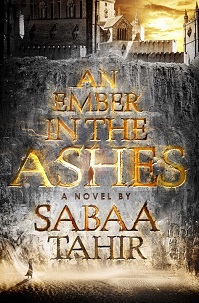

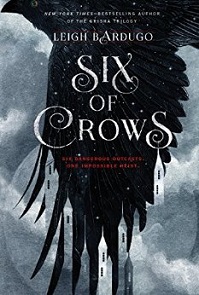
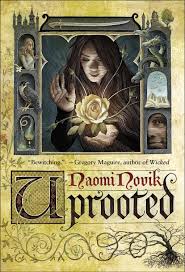
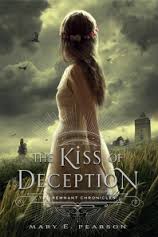
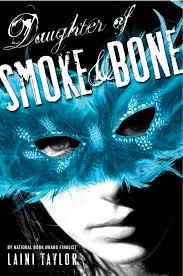
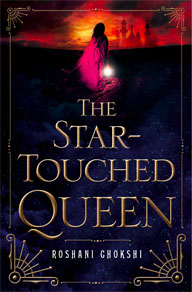
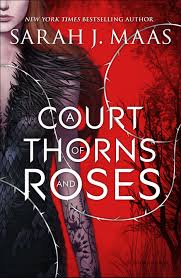
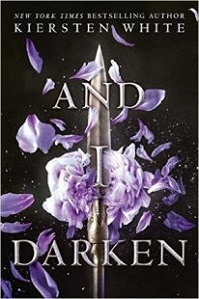




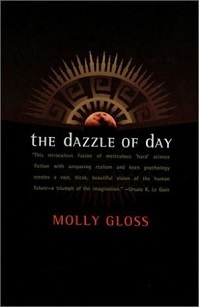
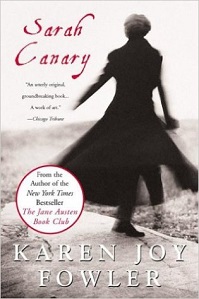
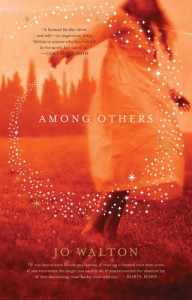
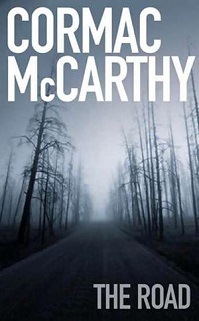
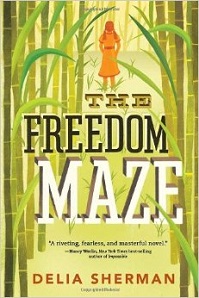
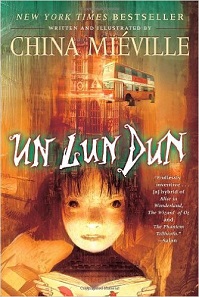
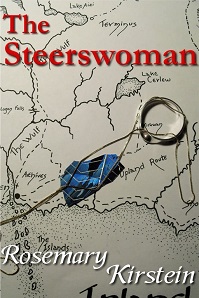

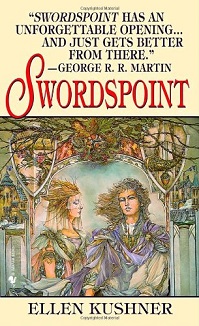
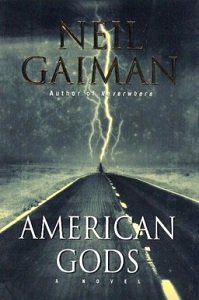
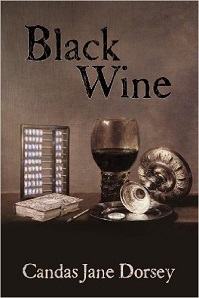
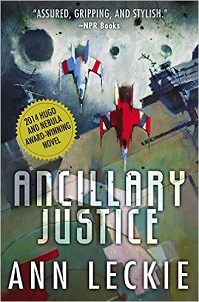
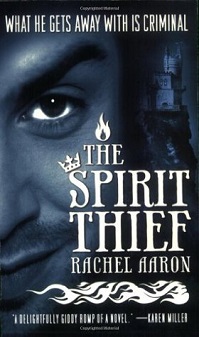
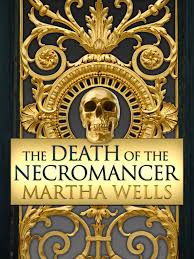
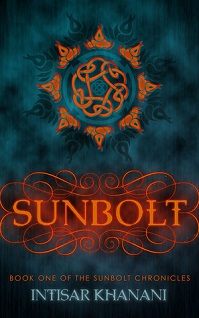
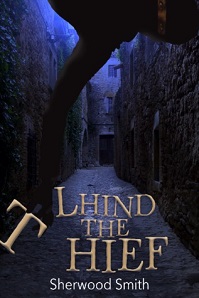
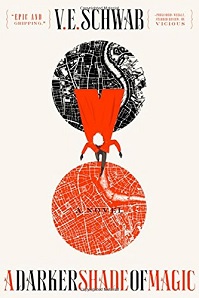
 From
From  From
From 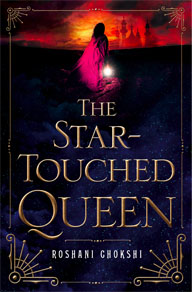
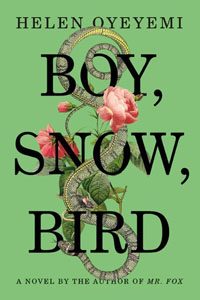
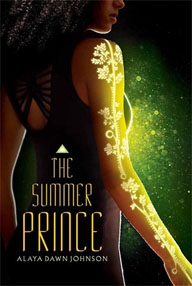
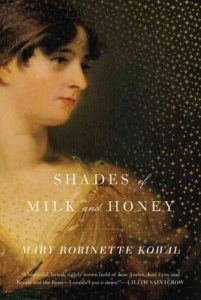
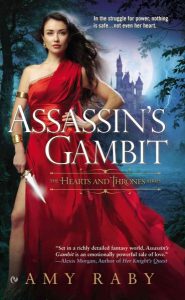

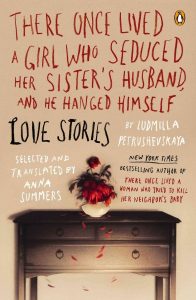
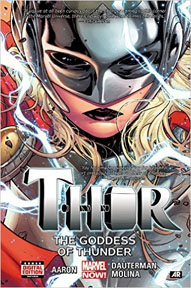
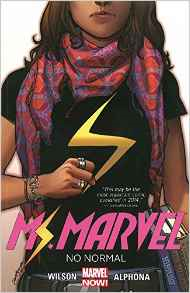
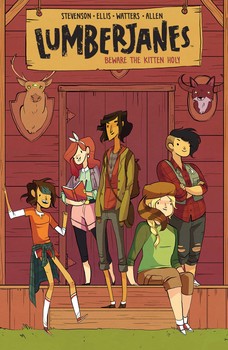
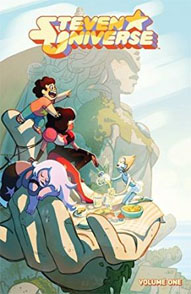
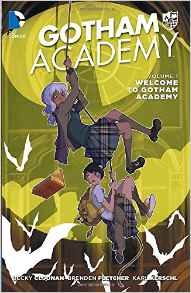
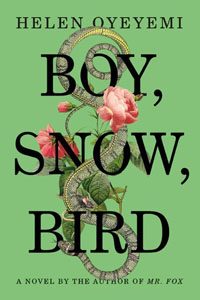



Connect with the Sirens community
Sign up for the Sirens newsletter